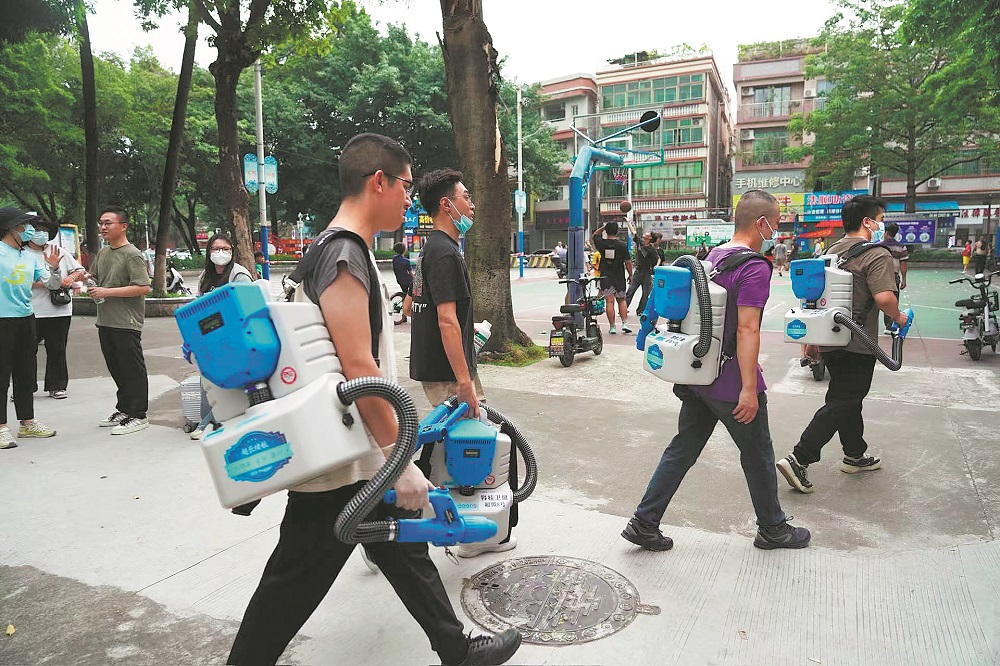
Chinese scientists have made breakthroughs in Chikungunya fever detection by developing a kit solution that accelerates the entire detection process to within half an hour, according to a laboratory based in Guangzhou, capital of Guangdong province.
Based on rapid qPCR technology, the detection kit was developed by the Guangzhou Laboratory in collaboration with the Guangdong Provincial Center for Disease Control and Prevention, Guangzhou Eighth People's Hospital affiliated to Guangzhou Medical University and other biomedical companies.
The qPCR, or quantitative Polymerase Chain Reaction, is a laboratory technique used to amplify and simultaneously quantify a targeted DNA molecule.
As an advanced form of PCR, it allows researchers to measure the amount of DNA in real time during the amplification process.
The detection kit works in tandem with the nucleic acid extraction kit to establish a complete ultra-fast Chikungunya testing system, according to the laboratory.
Under the detection system, serum sample extraction takes only 15 minutes, and nucleic acid amplification is reduced to 12 minutes, compressing the entire detection process to just half an hour and indicating a big leap from the traditional three to five hours for Chikungunya detection.
Currently, there are several methods for detecting the Chikungunya virus, including nucleic acid tests and colloidal gold techniques.
The mainstream clinical method is nucleic acid testing, which relies on real-time fluorescence PCR technology to accurately determine whether a sample contains the virus.
ALSO READ: Chikungunya battle requires long-term vigilance, say experts
Free nucleic acid screening for the Chikungunya fever was launched throughout Lecong township in Shunde district of Foshan in late July, as the township had been hard hit by the mosquito-borne viral disease.
The Guangzhou-based laboratory's kit solution has undergone validation with nearly 1,000 samples at several authoritative institutions and hospitals in Guangdong, according to the laboratory.
It has been compared with third-party reagents and has demonstrated excellent performance, it said.
The system is now ready for promotion and application, providing strong support for control and prevention of the Chikungunya fever outbreak across the province.
According to health authorities in Foshan, the hardest-hit area, the Chikungunya outbreak has showed a significant downward trend, with daily new cases dropping below 150 for six consecutive days.
The number of newly reported cases per day has been on a steady decline since Aug 6. On Wednesday alone, only 96 new cases were reported in Foshan, according to local authorities.
Additionally, the number of affected villages and communities has also steadily decreased, indicating significant progress in the prevention and control efforts.
Although the current epidemic situation is gradually stabilizing and preventive measures have made positive progress, residents are still urged to remain vigilant against the disease, authorities said.


